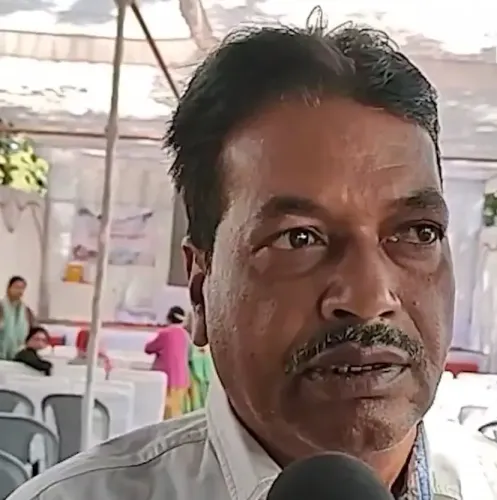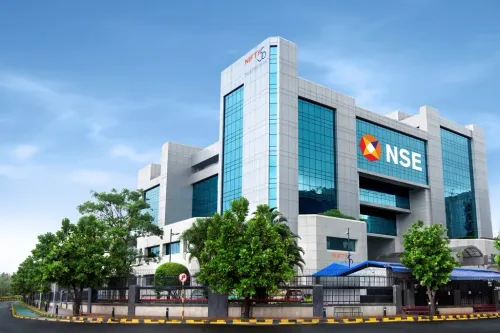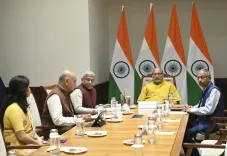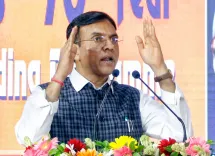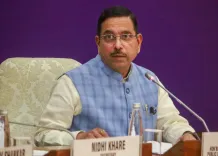Could the Right Reforms Ignite Investment, Credit, and GDP Growth in India?
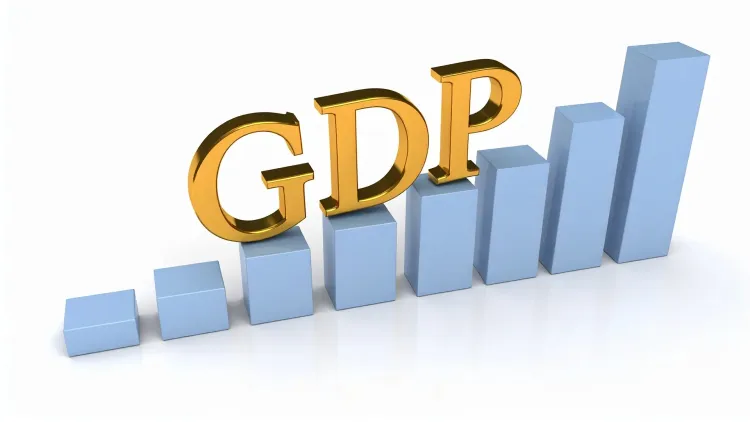
Synopsis
Key Takeaways
- India's reforms could boost economic growth.
- Global supply chain changes present opportunities.
- Monetary policy is only part of the solution.
- FDI inflows are crucial for growth.
- Comprehensive reforms are essential for impact.
New Delhi, July 18 (NationPress) In light of the ongoing transformations in global supply chains, a recent report from HSBC suggests that if India implements appropriate reforms, it has the potential to emerge as a significant producer and exporter of goods. This transformation could lead to increased investment, enhanced credit flow, and robust GDP growth.
In the ongoing discussion of whether GDP growth or credit growth should take precedence, a new player has entered the scene – reforms – according to the HSBC Global Investment Research report.
“The proposed reforms encompass reducing tariff rates, establishing trade agreements, encouraging FDI inflows, and enhancing the ease of doing business. While initial steps have been taken, for these reforms to make a significant impact, they must be comprehensive,” the report notes.
The report also emphasizes that market perceptions can be fleeting.
“Around this time last year, concerns were raised regarding sluggish deposit growth; currently, the focus is on weak credit growth. A common thread in both scenarios is that while the RBI is looked to for solutions, it can only partially mitigate the issue through monetary policy tools,” it elaborated.
Instead, the core of the issue, and the genuine solution, lies in the actual economy and the structure of GDP growth.
Last year's deposit stagnation stemmed from dual challenges: worries over lackluster deposit growth and shifts in composition (with too few stable deposits). As inflation began to decline, the RBI eased monetary policy, resulting in an increase in base money growth.
“Real deposit growth began to pick up in early 2025. However, did the RBI resolve the entire dilemma? Probably not. Some deposit increase would have occurred naturally (the credit-deposit ratio typically reverts to the mean). The composition issue remains,” the report stated.
Can the RBI play a role? Certainly, it has, by reducing the repo rate by 100 basis points and injecting substantial domestic liquidity.
“Will this entirely address the credit slowdown? Unlikely. Just as the deposit composition challenge was rooted in the real economy, so too is the credit weakness,” the report concluded.

